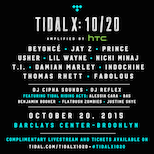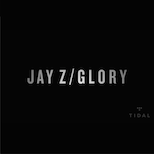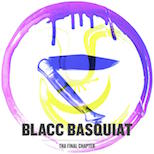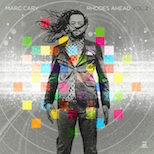Sarah Elizabeth Charles Speaks On Sophomore Album “Inner Dialogue”
03.12.2015
MUSIC

Love is music’s most common topic but Sarah Elizabeth Charles and her band, the S.E. Charles Quartet, deftly breathe new life into the well-tread subject. Backed by pianist Jesse Elder, bassist Burniss Earl Travis II and drummer John Davis, Charles’ pure, poignant, unadulterated vocals, lyrics and compositions lead the way as the band firmly grasps an unmatched sound – to plainly dub it jazz would be rude. While they showcased tight chemistry on Red, the Quartet’s first recording together, Charles, along with guest band member, co-producer and trumpeter Christian Scott, produce their sophomore piece, Inner Dialogue, and successfully challenge creativity once again.
“I really wanted, lyrically, to get into the nitty gritty of these things we experience in life. There are a million love songs or breakup songs or heartbreak songs, but I also went on to explore other curiosities,” says Charles. “For instance, there’s a track called “After Life,” which is about my own curiosities regarding where we go after this life and what that might look like and expressing that through song. If you would have asked me two years ago, I would have totally stayed away from that, but I think exploring things like that and curiosities that we have as human beings and being honest about them, I think, is a responsibility as an artist. Whatever your curiosities or insecurities might be, I think being vulnerable within that context and presenting that within your art is necessary and really cathartic and amazing and humbling.”
Life+Times spoke with Charles about Inner Dialogue, her Quartet and her Haitian influence.
Life+Times: Where did the album title come from?
Sarah Elizabeth Charles: I started writing for the record about two years ago. Once I decided on the title, I was still working on developing a lot of the repertoire for it. It meant two things for me. What it spoke to was the lyrical content and also the sonic palette that the lyrics were going to be presented through and flow through. Inner Dialogue illustrated and kind of put a name on our genre of creating because there are so many different influences that I have in my life and that my bandmates have that have gone into our sound as a band. It speaks to the band and the concepts, which are so much bigger than any of us an individuals. There are a lot of facets, but I focused on the lyrical content initially when titling the album. The topics that I’m exploring are things that have been talked about and written about in music for years, but the approach that I decided to take was a bit more raw. I decided to write about these topics but in a way that would let me get away from some of the clichés of writing a love song, for instance, and really write not only about the joys of being in love but also the difficulties that come along with being in a seriously committed, long-term relationship and paying homage to the beauty that lies within that. My first single, “White And Blue,” is a love song, no doubt, but if you really listen to the lyrics, there’s this expression of a lack of clarity that can exist. It’s not always going to be amazing and wonderful, it’s going to be hard to be with this partner and be a partner to this person in their journey through life. There’s so many things that can happen and explorations that you have together that can be beautiful or beautifully difficult.
L+T: What has gone into you developing this sound?
SEC: My band [and I] have been together for about five years, so we’ve been formulating our sound for that entire time and it’s been an evolutionary process. We’ve really grown into what this record sounds like and I think that all of us were somewhat surprised at what ended up coming out. We kind of just went to the edge and didn’t look back. For me, our producer Christian Scott, really helped to push and keep us there and say, “It’s Ok to be there, just do it. Do your thing and commit to it.” So, what’s interesting is when you have a band that’s been together for five years, an inner dialogue or unspoken dialogue exists between the four of you. My bandmates Jesse Elder (piano), Burnis Earl Travis II (bass) and John Davis (drums), we know each other on and off the bandstand really well, so there’s this trust and unspoken knowledge of where we might go and explore. A lot of what you’re hearing on the record is composed and written on the charts or committed to memory, but a lot of it was also completely improvised in the studio and you can do that when you have players who you know so well. I write with these guys in mind because I know them so well as human beings and musicians.
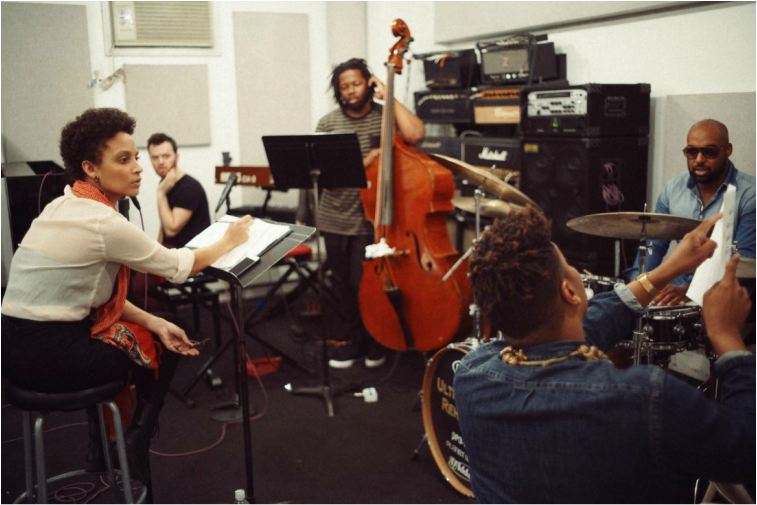
L+T: Expand on you all’s chemistry. How do you help each other go to new places?
SEC: Each band member has expressed, to some degree, feeling two things; a freedom within this context of the S.E. Charles Quartet that is unique, and also feeling that they’ve been pushed or that their sound has evolved. I think that’s really beautiful. It’s my band, but I can’t really take ownership, it’s really about the people that I’ve chosen to be a part of the band. That means the core people on this record – Jesse, John and Burniss – but I also have people that play with the band a ton and are really a part of the quartet. What’s the most fun for me as a composer isn’t necessarily the things that I do write, but the things that I don’t have to put on the page. It’s really cool for me to communicate my ideas verbally and then jump into a session and really work through it. Even after we’ve recorded this material and performed it a bunch of times, it sounds and feels different each time we do it and play it because there’s that room for freedom. That’s what jazz has allowed us to do. This music is influenced by many different genres, but at the core, we all started as jazz musicians, so there’s this ability to improvise and go with whatever happens in the moment. I compose with them in mind but I can never totally predict what they’re going to do with it; I compose with the overarching idea that anything could happen and I’m ok with that. As much as I have ownership over the material I’m writing, I also take the ego out of the equation because the music is bigger than that.
L+T: How has your Haitian background influenced your music, particularly on this album?
SEC: My father is originally from Port-au-Prince, Haiti. When writing our first record, Red, I had just started delving into the Haitian folk repertoire. It’s something that I’ve always wanted to do and always been curious about, but, to be honest, something I’ve been insecure about because I don’t speak Creole fluently yet. I grew up listening to the music, but not really being as comfortable with the language. Even if I knew melodies, I would dance and kind of sing along, but I never felt comfortable or felt like I had it in my grasp. After moving to New York about eight years ago, I met a ton of jazz musicians and Haitian musicians. Once they found out I was Haitian, they were like, “If you want to explore, you have to make sure that you do it.” So, I threw the insecurities aside and I decided to jump in and had some really great teachers. I took it really slowly. On the first record, I did two arrangements. For this record, the arrangements took on a slightly different tone and look; they appeared and morphed into something that was new because I went to Haiti between the first and second records. In 2013, I went to Haiti for the first time with an organization called Rise 2 Shine to develop an early childhood music education program for them. Until you’ve been there, you can’t really understand or fathom what type of effect it’s going to have on you. That motivated to me to make sure that I kept this tradition and culture that’s so much a part of me alive in the music. What was really interesting was the music that I heard there not only informed the arrangements that I did on the two Haitian folk songs on this record, “Yo-Yo” and “Choucoune”, but it also informed my writing for some of the songs on the record that were original material. For instance, “After Life,” there’s a lot of subtle influences in the rhythm that John is playing. That steady, vampy, almost monotonous rhythmic figure that’s happening underneath was definitely inspired by my ears being opened when I went to Haiti. I’ll continue to do that, cover this music, arrange it and have it be a part of my repertoire, because I don’t think that it needs to be different. I don’t need to have an S.E. Charles Quartet record, then also have a record of my Haitian material presented separately. This is a part of me and a part of my growth as an artist.
L+T: Expand on “Yo-Yo” and describe the recording process for that track. It sounds like you were layering your voice at times.
SEC: That was a really fun song to record, but it was also a track that we didn’t get the first time around. We recorded this at Andrew Taub’s place, Brooklyn Recordings, it’s an amazing studio. We went there for the first time last March for two days. It’s funny when you leave the studio, you let it marinate, let your ears rest, and then a day or two later you start to dive in and see what you have and listen to everything. We had over 20 hours of material that we had recorded, so I was listening and there were a few tracks that I felt weren’t quite there and “Yo-Yo” was one of them. So, we booked another date in July, so this particular take that you hear on the album is us going back in the studio in the summertime – perhaps that was the difference, we were just in a different space. It just felt better that day. I wasn’t really planning on layering my vocals that much, but the arrangement shifted. In the middle of song during the piano solo, he never really plays the entire form of the song, he goes to this ethereal place and I’m singing what sounds like “Yo-Yo” over and over again, which, to me, was a tribute to the man the song was written about. Yo-Yo was the first market man in Haiti, so the story goes, and if you’ve ever been to Haiti, the economy is hugely built on the marketplace. So, it’s about this market man who takes care of his people and taking care of your community. I wanted there to be a strength in it, so in regards to layering the vocals, that’s where that came from. I wanted it to feel anthemic and powerful.
Inner Dialogue is available March 24th, with her release show following on the 30th. Keep up with Sarah Elizabeth Charles on her website.
Images: Shervin Lainez & Edward LaRose
